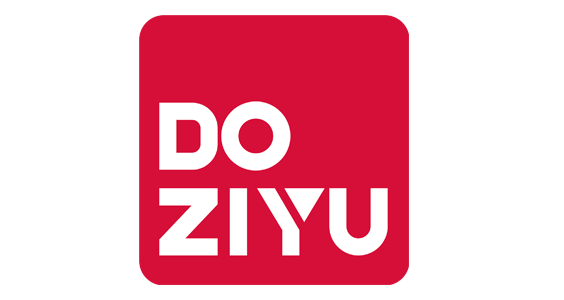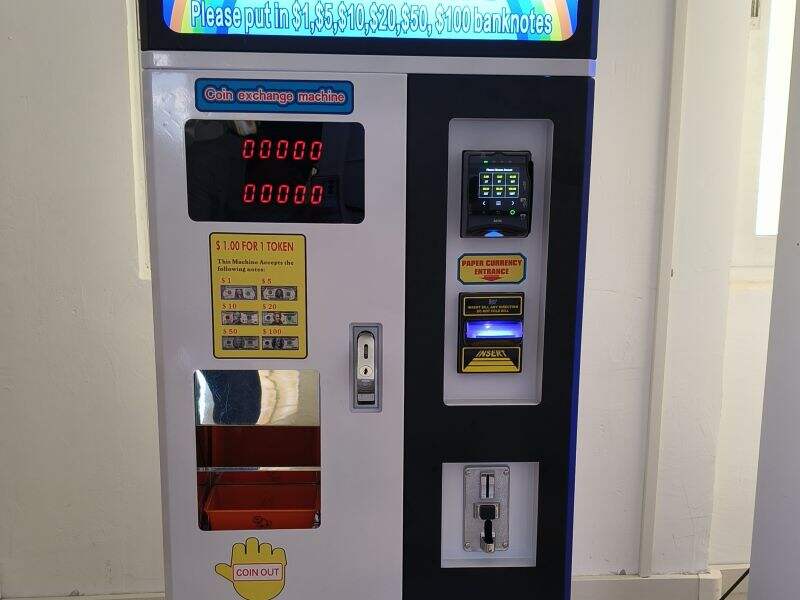Enabling Seamless Cashless Payments with Coin Exchange Machines
How Coin Exchange Machines Bridge Cash and Digital Payment Systems
Coin exchange machines solve that annoying problem people have when they're stuck with all those pennies and nickels in cashless environments. These coin-to-digital converters basically take the coins we accumulate and turn them into something useful like gift cards or store credit. Pretty handy stuff actually. The 2023 NFC Retail Report found that nearly 4 out of 10 shoppers would rather dump their spare change into one of these machines than keep digging through pockets for loose coins. That's why we see so many of these kiosks popping up at places like arcades, bowling alleys, and those Japanese capsule toy machines parents always seem to find at birthday parties. Just makes sense really - who wants to carry around a pocket full of change when you can get instant value instead?
Integration of Coin-to-Digital Conversion in Contactless Retail Environments
Today's coin exchange systems work right alongside retail point of sale setups, so when customers trade in their coins, their mobile wallets and loyalty apps get updated instantly. The way these systems connect makes it possible for shoppers to tap with NFC or scan QR codes while paying at the register. What happens next is pretty neat actually the money gets converted and stays inside the store's own system instead of going somewhere else. This keeps people coming back because they see value staying within that particular brand, which helps build stronger customer relationships over time.
Case Study: Supermarket Chain Adoption of Kiosks for Digital Wallet Top-Ups
A Midwest supermarket chain deployed coin exchange kiosks across 12 locations, achieving significant results over six months:
| Metric | Result (6-Month Period) |
|---|---|
| Digital wallet top-ups | 65% increase |
| Coin recycling rate | 89% |
| Average reload amount | $8.20 |
The kiosks also reduced customer service inquiries related to coin redemption by 72%, according to the chain's 2024 operational review.
Trend Analysis: Shift from Cash to Digital Payments in Retail
In 2020, about 28 out of every 100 retail purchases were made with cash. Fast forward to 2024 and the Federal Reserve reports that number has fallen all the way down to just 19%. That's actually the first time ever in modern retail history that cash usage has dipped below 20%. Coin exchange machines are helping push this change because they give people something physical to interact with when moving toward digital payments, especially older folks who still rely heavily on paper money. A recent survey found that nearly half (around 54%) of those aged 55 and above felt much more comfortable trying out digital payment methods after having used these coin conversion kiosks at stores.
Reducing Cash Handling Risks and Operational Inefficiencies
Automating Coin Processing to Minimize Manual Handling and Human Error
Coin exchange machines cut down on counting mistakes by almost 92 percent according to recent research from PwC. These automated kiosks sort coins using sensors and instantly tally them up, which makes things much easier for businesses. The real benefit comes when dealing with places where lots of people drop off small change, such as kids birthday parties where those claw machines always leave piles of pennies and nickels behind. For stores handling around three thousand dollars worth of coins each day, closing time becomes significantly quicker too. Most report getting their books balanced about 78% faster than before they switched from hand counting to these modern solutions.
Data Point: 40% Drop in Cash Discrepancies After Kiosk Deployment
Deployments have demonstrated measurable improvements in cash management:
| Metric | Before Kiosks | After 6 Months |
|---|---|---|
| Cash reconciliation time | 47 minutes | 9 minutes |
| Counting errors | 12% of transactions | 1.4% of transactions |
| Theft incidents | 8 monthly | 1 monthly |
A Midwest entertainment chain achieved these outcomes across 27 locations, reflecting broader trends toward low cash dependency in advanced retail environments.
Balancing Automation With Oversight in Retail Cash Management
While automation handles 97% of routine transactions, successful implementations include:
- Daily system audits to ensure mechanical and software integrity
- Staff training for exception handling (e.g., damaged coins, disputed transactions)
- Tiered reporting that flags only the 2–3% of transactions needing human review
This hybrid model has reduced cashier training time by 65% at family entertainment centers while maintaining a 99.6% audit compliance rate.
Enhancing Customer Experience and Payment Flexibility
Support for multiple payment methods via integrated kiosk systems
Today's coin exchange machines make it easy to switch back and forth between actual money and digital payments. They take coins as input and send money straight to digital wallets, smartphone apps, or contactless bank accounts. According to a Federal Reserve report from 2023, around seven out of ten shoppers prefer stores that accept both cash and digital forms of payment. This means when retailers connect their systems with multiple payment platforms, they can satisfy all sorts of customers without making anyone download an app or set up some complicated account first. It just works for everyone involved.
Improving convenience for customers transitioning from cash to digital
These coin-to-digital kiosks really help people who rely on cash, especially older folks and those without bank accounts. When someone converts their coins to digital money through these machines, they can instantly put that cash into their phone wallet and start spending right away. This solves a big problem called the "cash acceptance gap" where about one out of every four shoppers just walk away from buying something because stores won't take their cash (the Journal of Retail Innovation found this in 2023). And what makes these kiosks even better? They have screens that work in multiple languages, so folks trying them out for the first time don't get stuck figuring out how to operate them in a language they don't speak well.
Case Study: Convenience store network sees higher satisfaction post-kiosk rollout
One major convenience store chain with around 250 locations saw tremendous success when they rolled out new dual purpose kiosks across their stores. Customer satisfaction jumped to nearly 94% once shoppers had more options for payments. These kiosks let people convert loose change into eGift cards, which was pretty clever. What really stood out though was how they hooked up with those Japanese capsule toys (called gachapon) that kids love at birthday parties. Families could now use their digital credits to grab toy capsules right there at checkout. The results were impressive too. Average transactions went up almost 18%, while each store saved roughly twelve grand every month on handling cash. Pretty smart move all around.
FAQ
What are coin exchange machines?
Coin exchange machines convert spare change into digital credits usable as store credit or gift cards, allowing users to easily integrate into cashless environments.
How do these machines integrate into retail environments?
They work alongside point of sale systems, updating mobile wallets and apps instantly, encouraging customer retention and loyalty within the brand.
What benefits have retailers seen from using coin exchange kiosks?
Retailers experience increased digital wallet top-ups, reduced cash handling errors, improved payment flexibility, and enhanced customer satisfaction leading to higher transactions.
Are these machines suitable for all customer demographics?
Yes, they especially benefit those who primarily use cash, including older demographics, by easing their transition into digital payment methods, while supporting multiple languages for ease of use.

 EN
EN
 AR
AR DA
DA NL
NL FI
FI FR
FR DE
DE EL
EL HI
HI IT
IT JA
JA KO
KO NO
NO PL
PL PT
PT RU
RU ES
ES SV
SV TL
TL IW
IW ID
ID VI
VI HU
HU TH
TH TR
TR MS
MS GA
GA LO
LO MY
MY